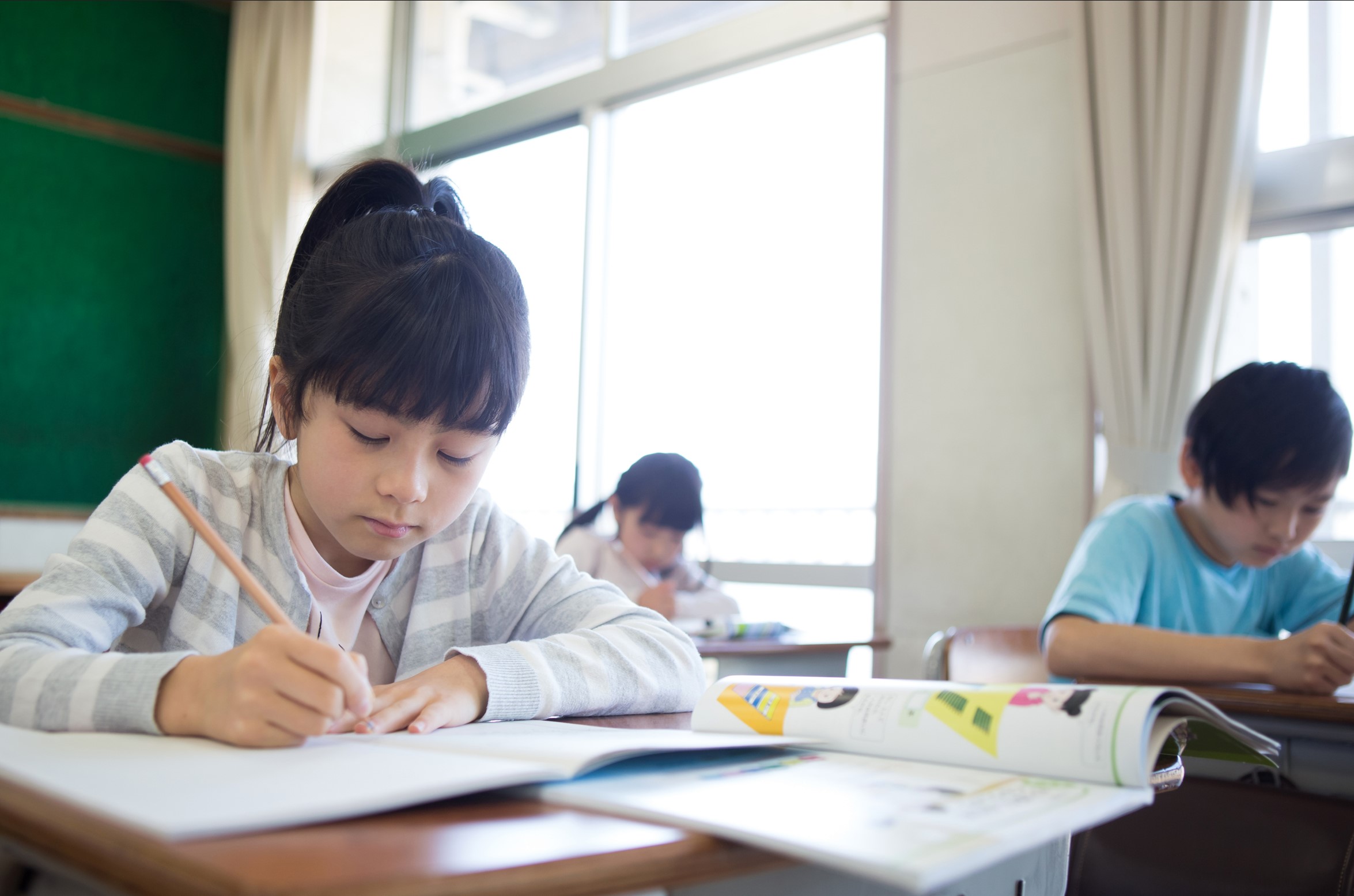“The biggest influence that eating so much Korean food growing up had on me was that I have no limit for spiciness. The hotter the better.” — Patrick Stump, American singer who grew up in a Korean-heavy suburb
Korean Cuisine
Authentic Korean Food
Known for its use of fresh herbs and spices, Korean cuisine is famous for its fiery dishes. Spice has become an essential flavor in so many Korean dishes and has heavily influenced modern-day Korean food and food culture.
Geographically, Korea sits on a bed of mountains and valleys. The rough terrain and infamous harsh winters makes it difficult to cultivate farmland for agriculture. This is the reason why traditional Korean cuisine leans heavily into cooking methods that preserve ingredients like stewing, pickling, and fermentation.
Among these techniques, fermentation plays the strongest role in creating bold and complex Korean flavors. This is perhaps most famously seen in kimchi, the Korean fermented cabbage dish. Although fermentation is a popular cooking technique in many cultures, Korean cuisine is one of the few that relied on this method as a means of survival.
Today, fermented Korean dishes like kimchi, soybean paste, and pickled vegetables are served as side dishes in Korean restaurants all around the world.
“Fermented foods contain natural probiotics or healthy bacteria, that can take your health to the next level. Nearly every culture has a version of fermented food: yogurt, kefir, miso, kimchi.” – Sara Gottfried M.D., Author & Writer
Top 20 Korean Dishes
- Bibimbap (Mixed Rice)
- Korean Fried Chicken
- Tteokbokki Rice Cakes
- Japchae (Korean Glass Noodles)
- Kimchi (Fermented Napa Cabbage)
- Silken Tofu Stew
- Soybean Paste Stew
- Korean Army Stew
- Gimbap (Seaweed Rice Rolls)
- Pajeon (Korean Pancakes)
- Hotteok (Korean Sweet Pancake)
- Bulgogi (Korean-Marinated Beef)
- Galbijjim (Korean Braised Short Rib)
- Samgyeopsal (Grilled Pork Belly)
- Bossam (Boiled Pork Belly)
- Ginseng Chicken Soup
- Cold Buckwheat Noodles
- Jajangmyeon Noodles
- Korean Knife-Cut Noodles
- Manduguk (Dumpling Soup)
The History of Korean Food
Korea is a peninsular region located on the coasts of Eastern Asia. Its unique climate bears a combination of harsh winters and warm summers. Historically known as “Koryo,” meaning the Land of High Mountains and Sparkling Streams, the terrain is largely mountainous with small valleys and coastal plains. The T’aebaek Mountains, Mount Sŏrak, and Jeju Island are just among a few of the mountain ranges and volcanic islands in Korea.
The rough geography and terrain make only a few portions of the land arable for agriculture. Most farmable lowlands are found in South Korea, which has become an agricultural powerhouse for the rice harvest. The waters in the South are also abundant in seafood, which explains why seafood plays such a strong role in Korean food culture.
Koreas proximity to the developed nation-states of China and Japan has also given rise to its recent economic and cultural development. For example, Chinese characters in the Korean language, known as “Hanja,” are used in both the written and spoken word. Similarly, Japan’s influence on ingredients — like the signature red pepper in Korean food — comes from the 20th-century political engagement between Korean and Japanese soldiers.
The story of Korea is one of diversity, historical significance, and a blooming cultural powerhouse.
Korea’s Culture – Did You Know?
South Korea’s National Exam Day
South Korea’s College Scholastic Ability Test, known as “Suneung,” is one of the most important events in a student’s life. This senior high-school exam is an 8-hour marathon of back-to-back subjects covering math, English, social studies, and a foreign language. The exam results dictate whether a Korean student is accepted into a university, as well as employment opportunities in the future.
Preparation for the Suneung can begin as early as kindergarten, with parents enrolling their children into “hagwons” or night school to review and prepare with private tutors. On the day of the Suneung exam, construction work stops, and planes are diverted to reduce noise during testing. Subways, buses, and public transportation also operate at higher frequencies to ensure students aren’t late for testing. Suneung plays an important role in Korean culture, ensuring that education is at the forefront of social priorities.
Korean Metal Chopsticks
Korean chopsticks have a one-of-a-kind style and deeply rooted history. Known as “cheot-grak,” traditional Korean chopsticks are made completely of silver. The origins of this Korean utensil date back to 18 B.C – 660 A.D. when royal families in Korea believed that silver chopsticks could detect poison in cooked foods. The idea was that if a particular dish was poisoned, the silver would change color and alarm the royal family of a potential perpetrator.
Modern-day traditional chopsticks in Korea still retain the shiny silver appearance through polished aluminum or steel. Though the historical significance may have faded, many contemporary historians comment that Korean metal chopsticks are much cleaner than their wooden counterparts. As a result, many traditional Korean restaurants today continue to serve their guests with metal chopsticks for their meals.
South Koreans Are Older Than You
In Korean culture, a newborn child’s age is calculated using several methods. When a baby is born, he or she can be considered already 1 year old. Upon New Year’s Day or January 1st, sometimes another year is also added to the newborn’s age. Occasionally, this will result in a newborn baby being considered 2 years old within a short period of time. This system stems from the belief that the baby’s nine months in the womb should be included as a year in a newborn baby’s age.
These age systems have been debated many times in Korean culture and politics. Most recently, the Korean president-elect’s transition committee mentioned the incoming administration was looking to change the way age is counted to align South Korea with other global systems of age.
Find Local Korean Shefs & Meals
When searching for “korean cuisine near me”, you’ll find Shef delivers Korean food in the following locations:
- Seattle
- Los Angeles
- San Francisco (Bay Area)
- Chicago
- New York City
- New Jersey
Find your local home-cooked Korean food today!
















